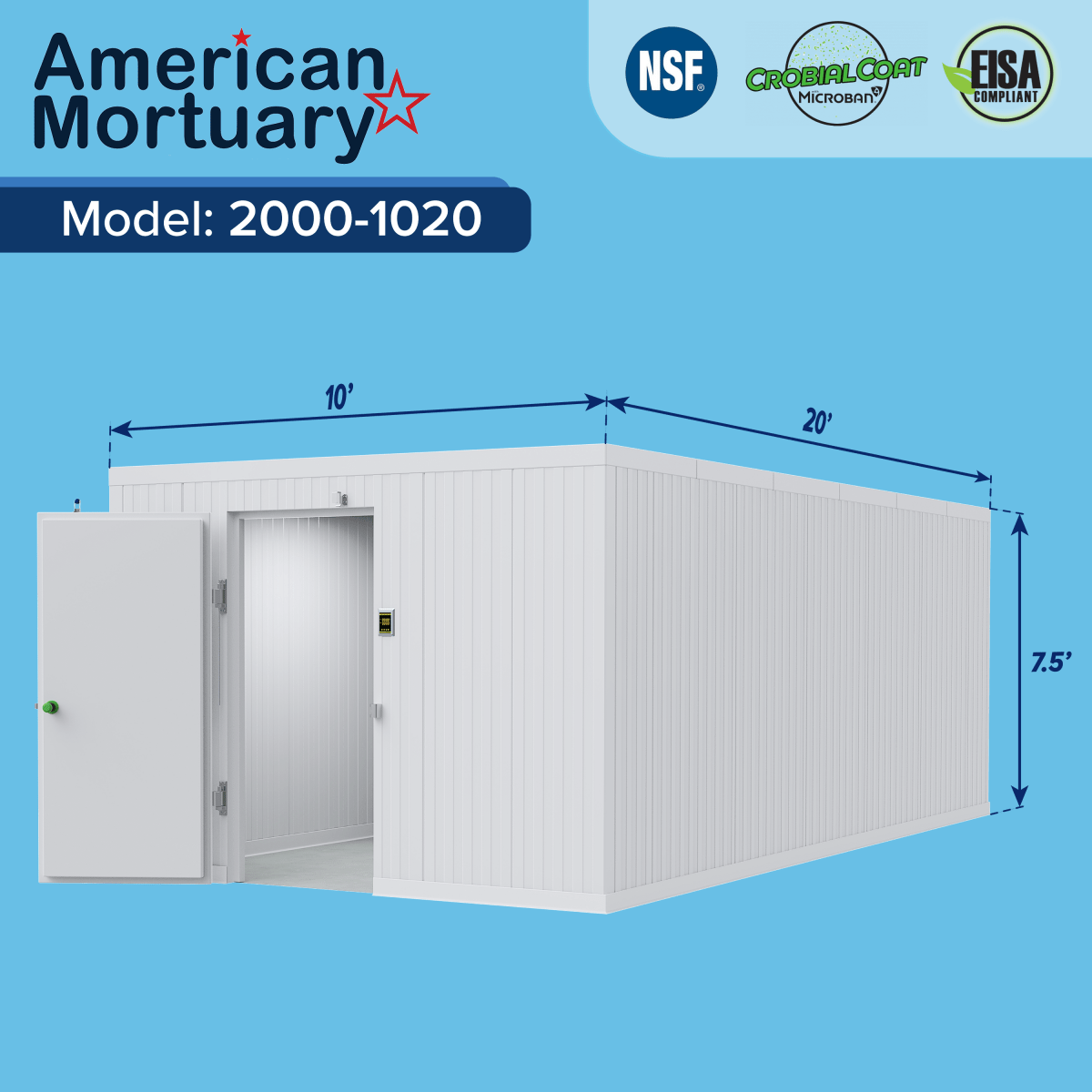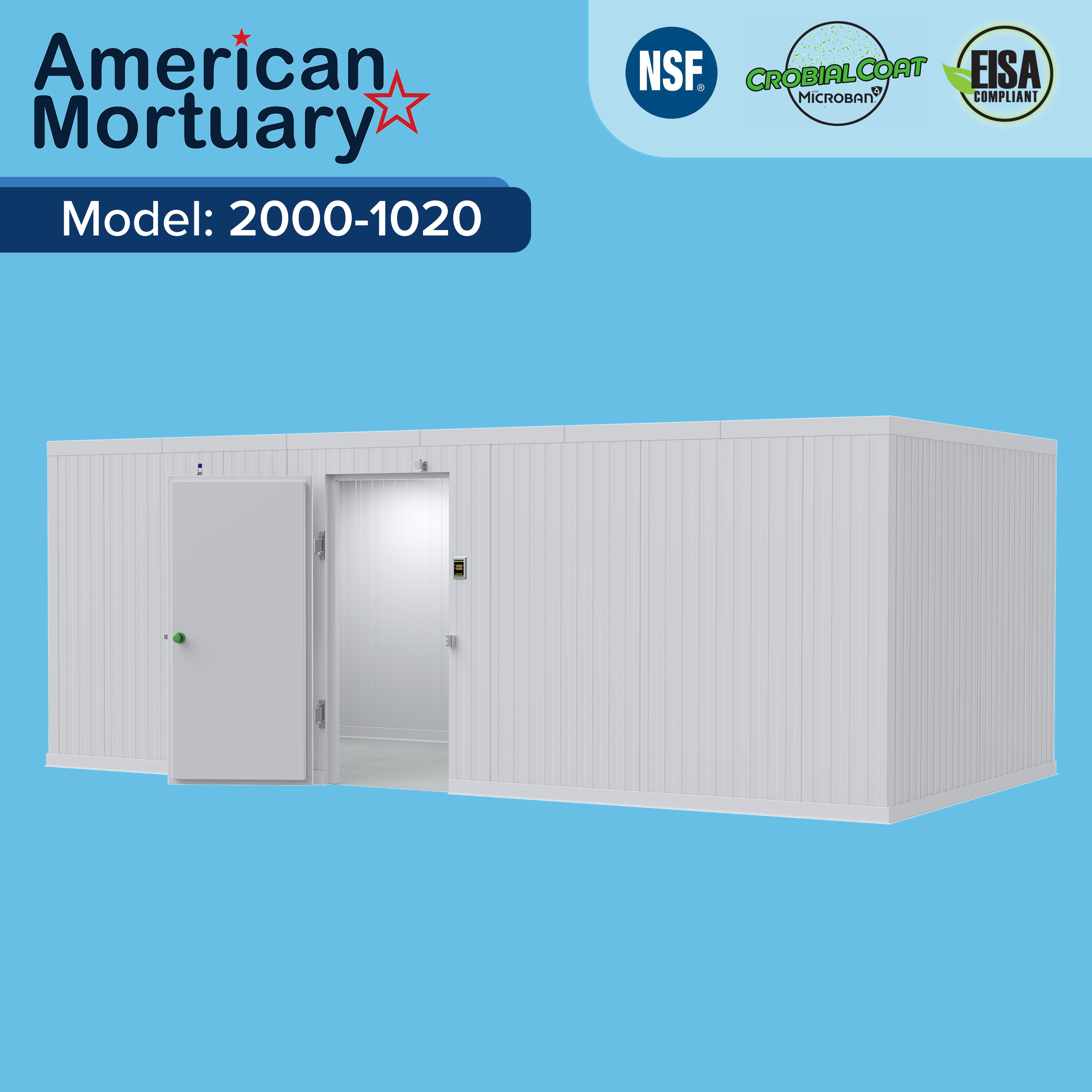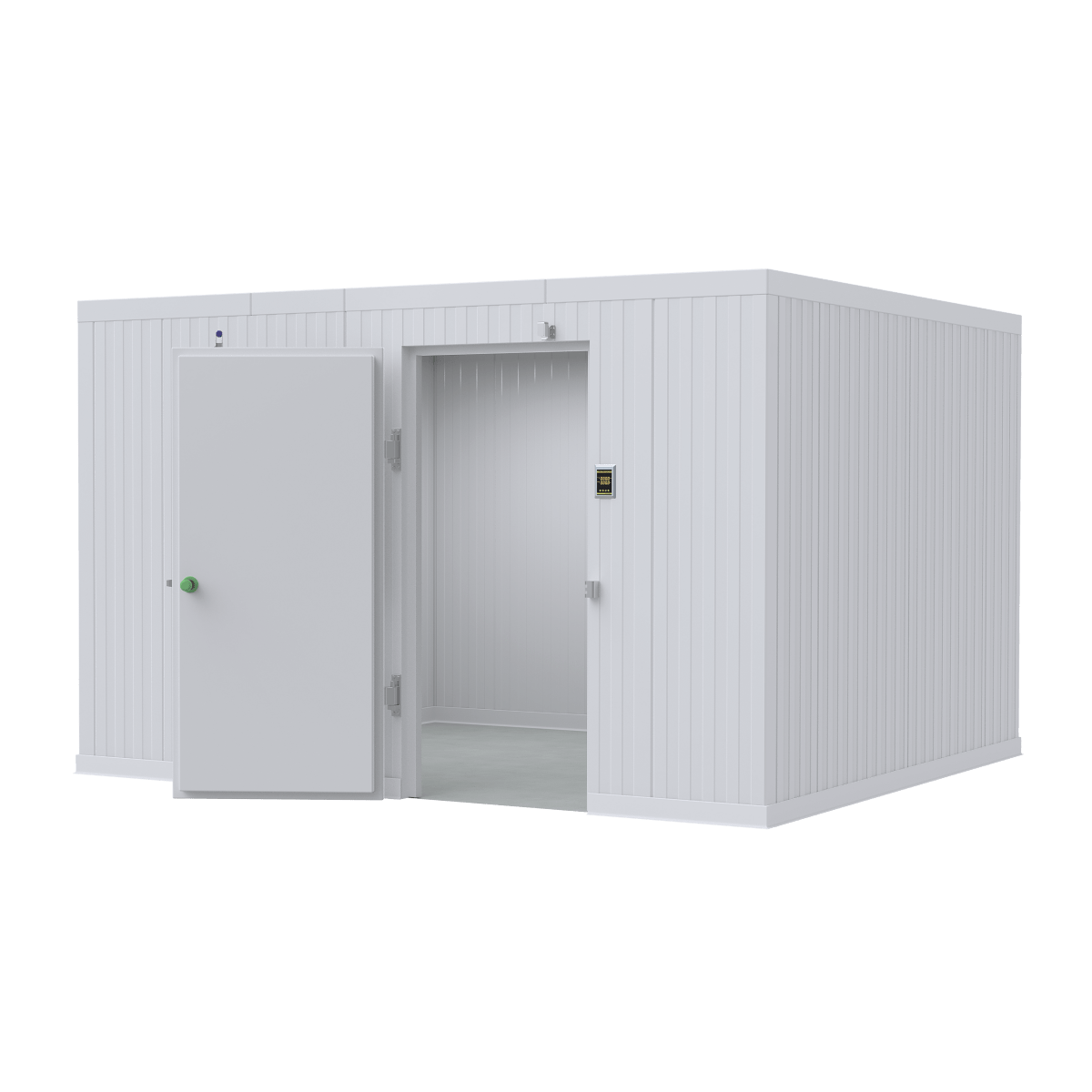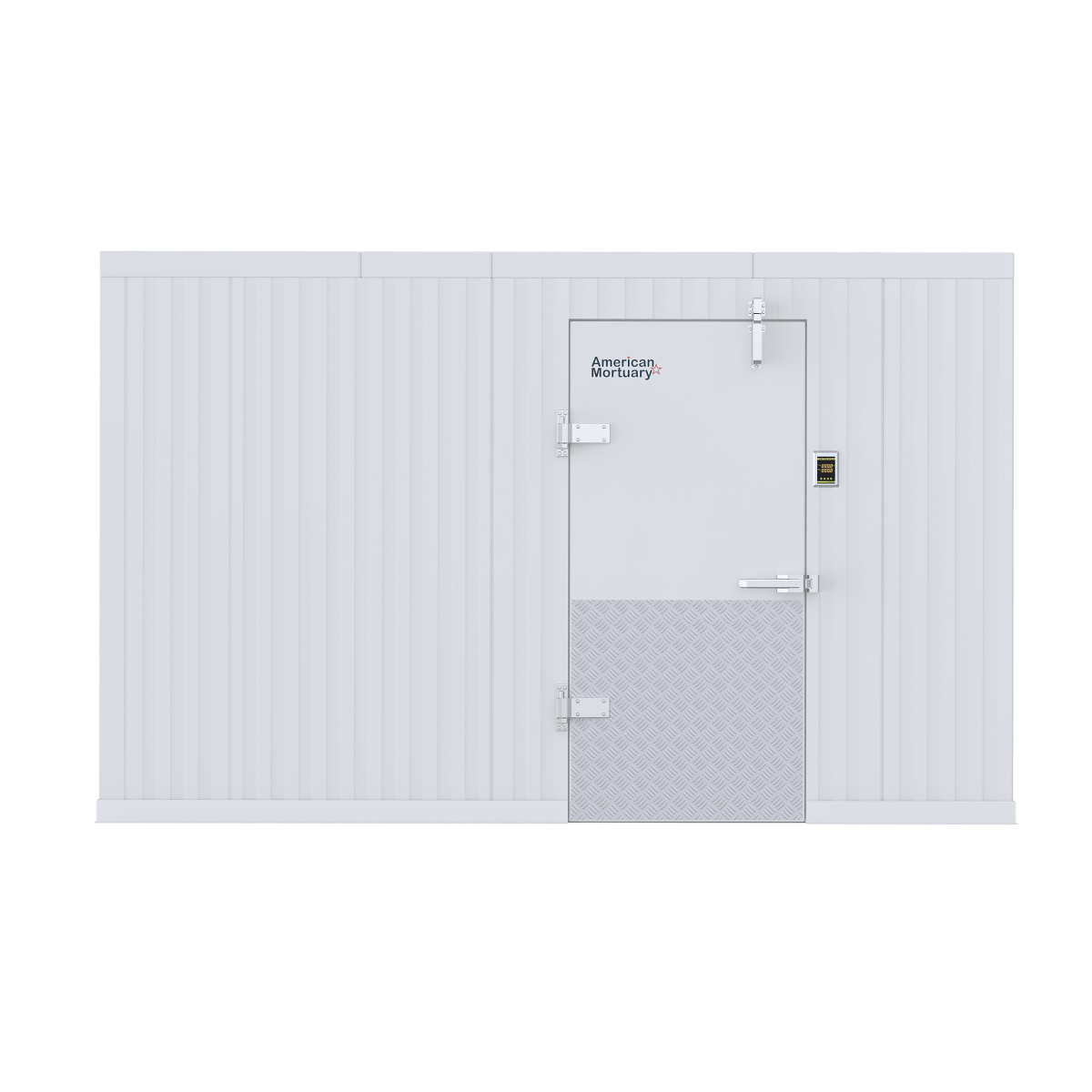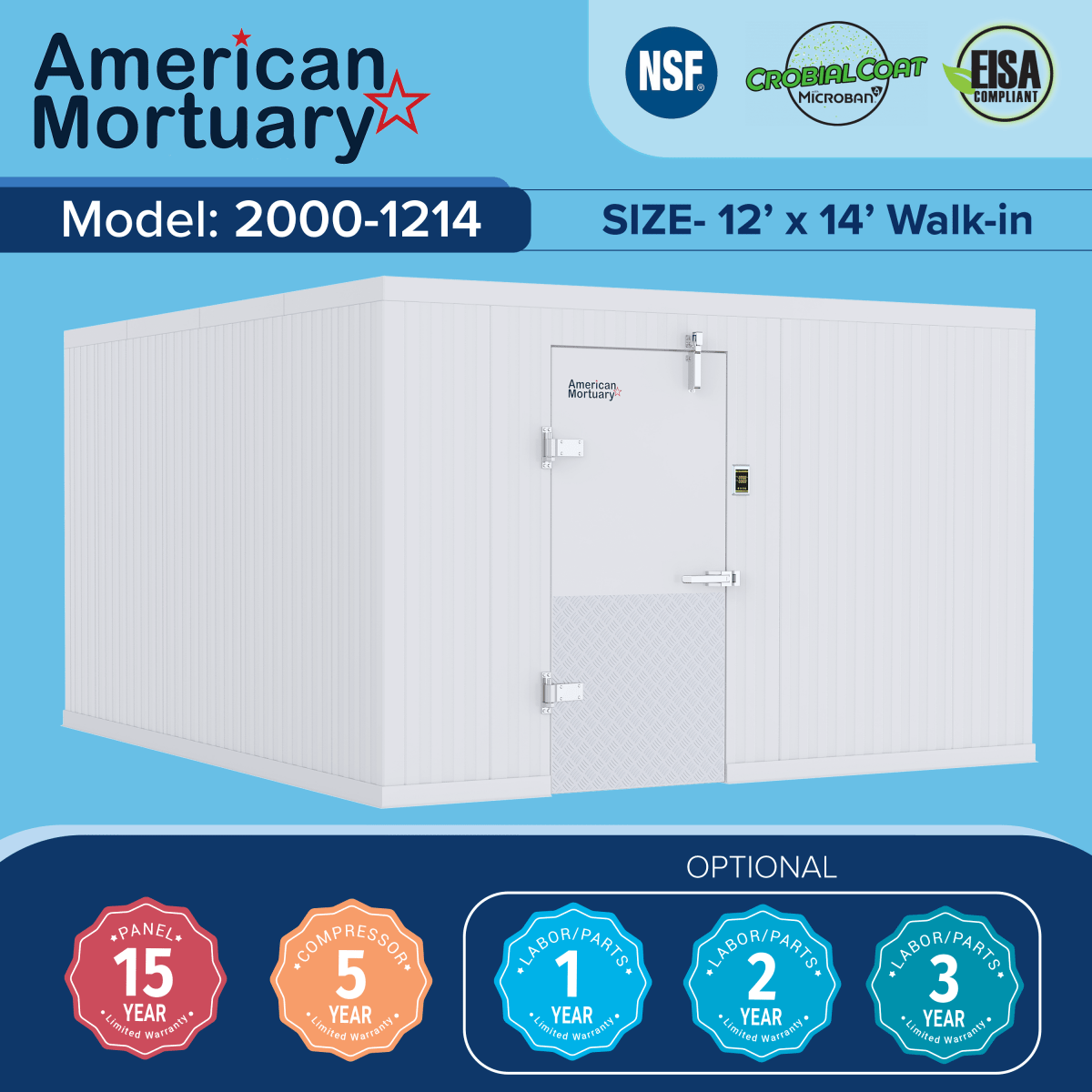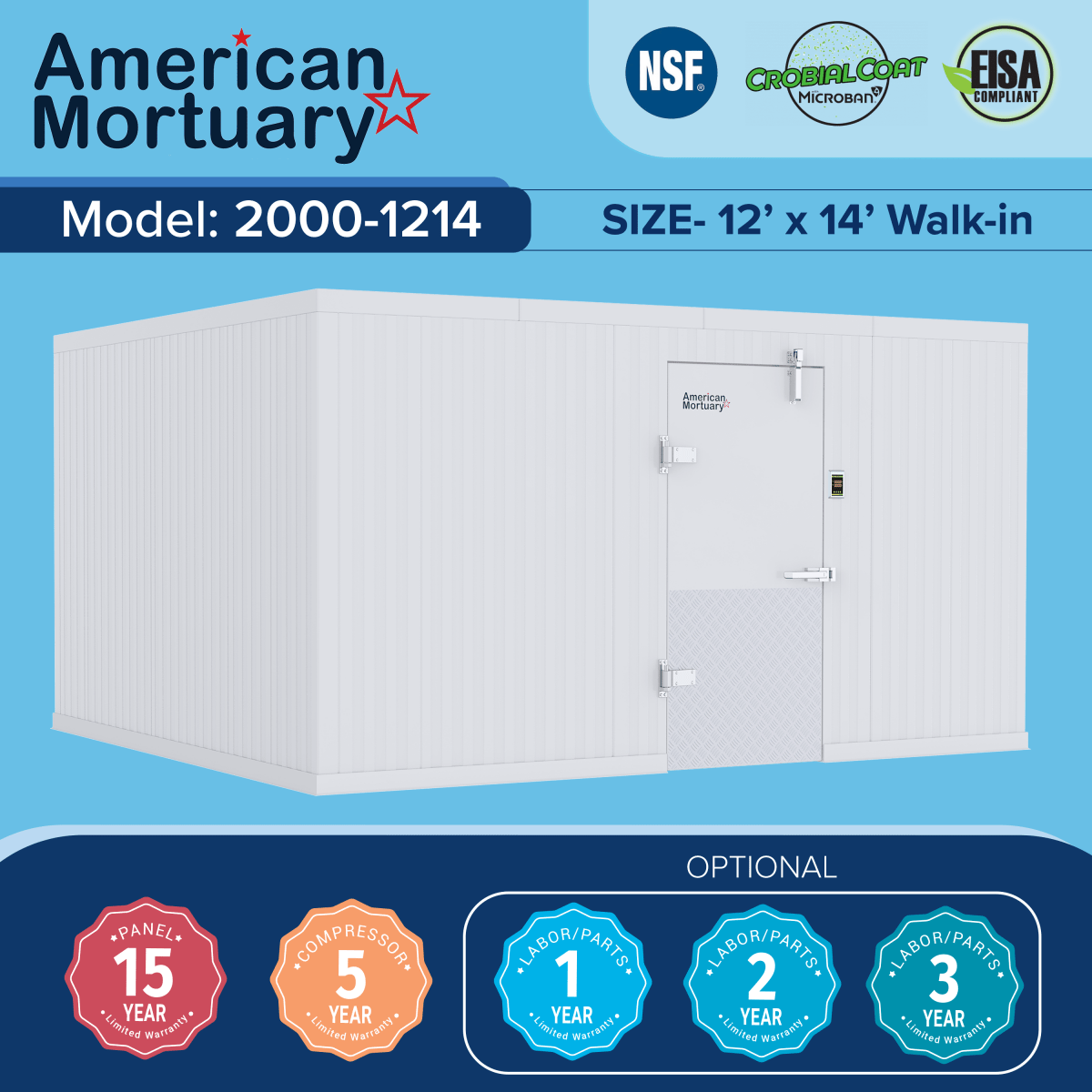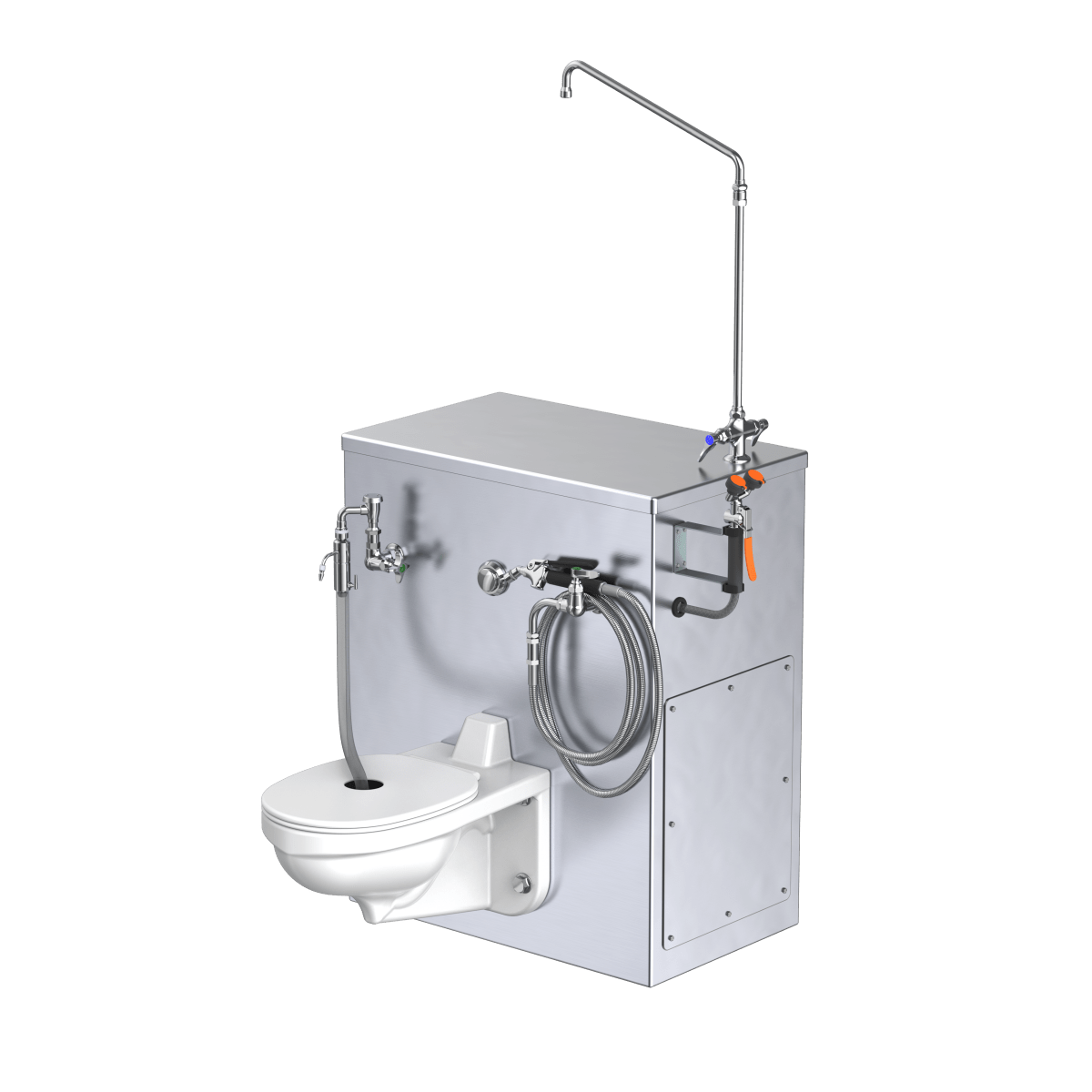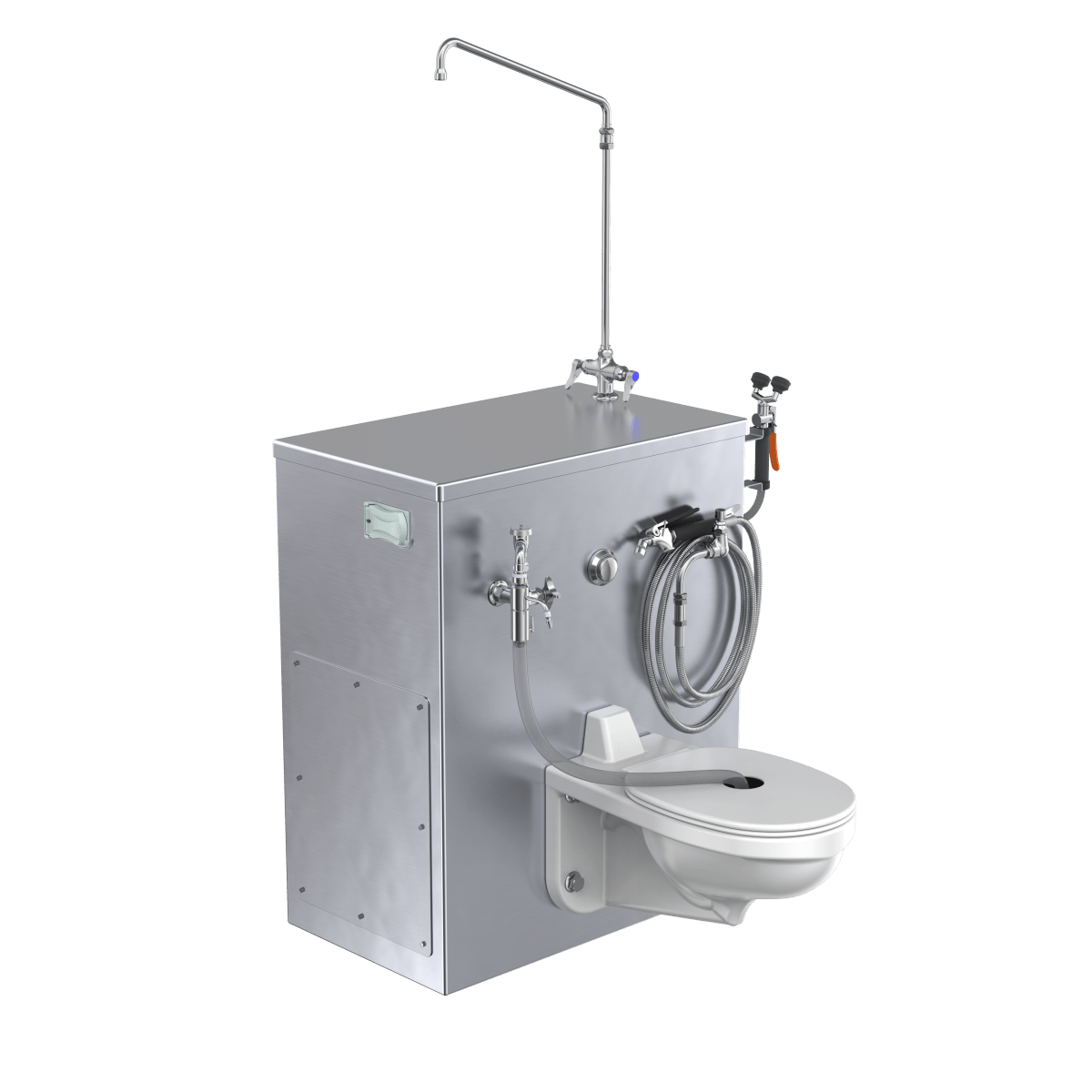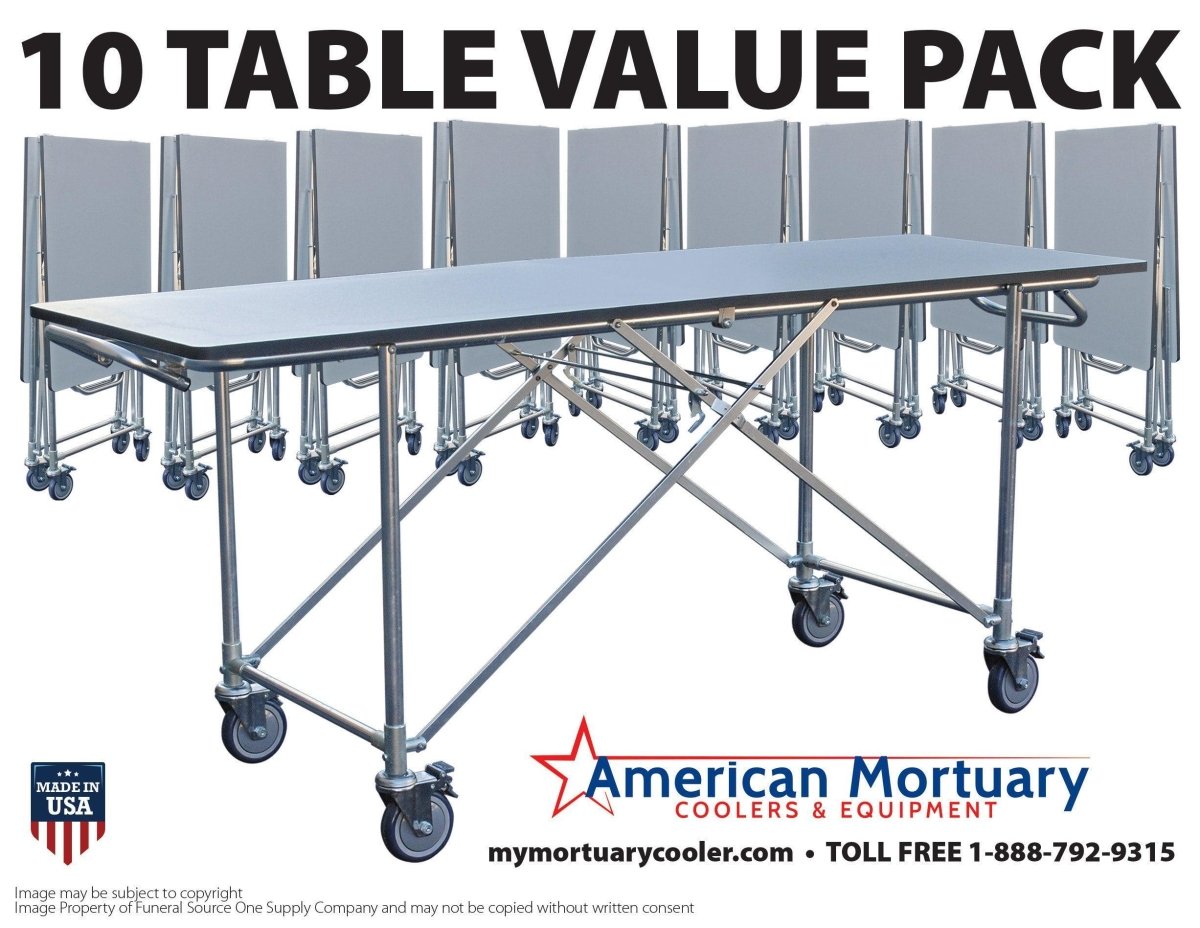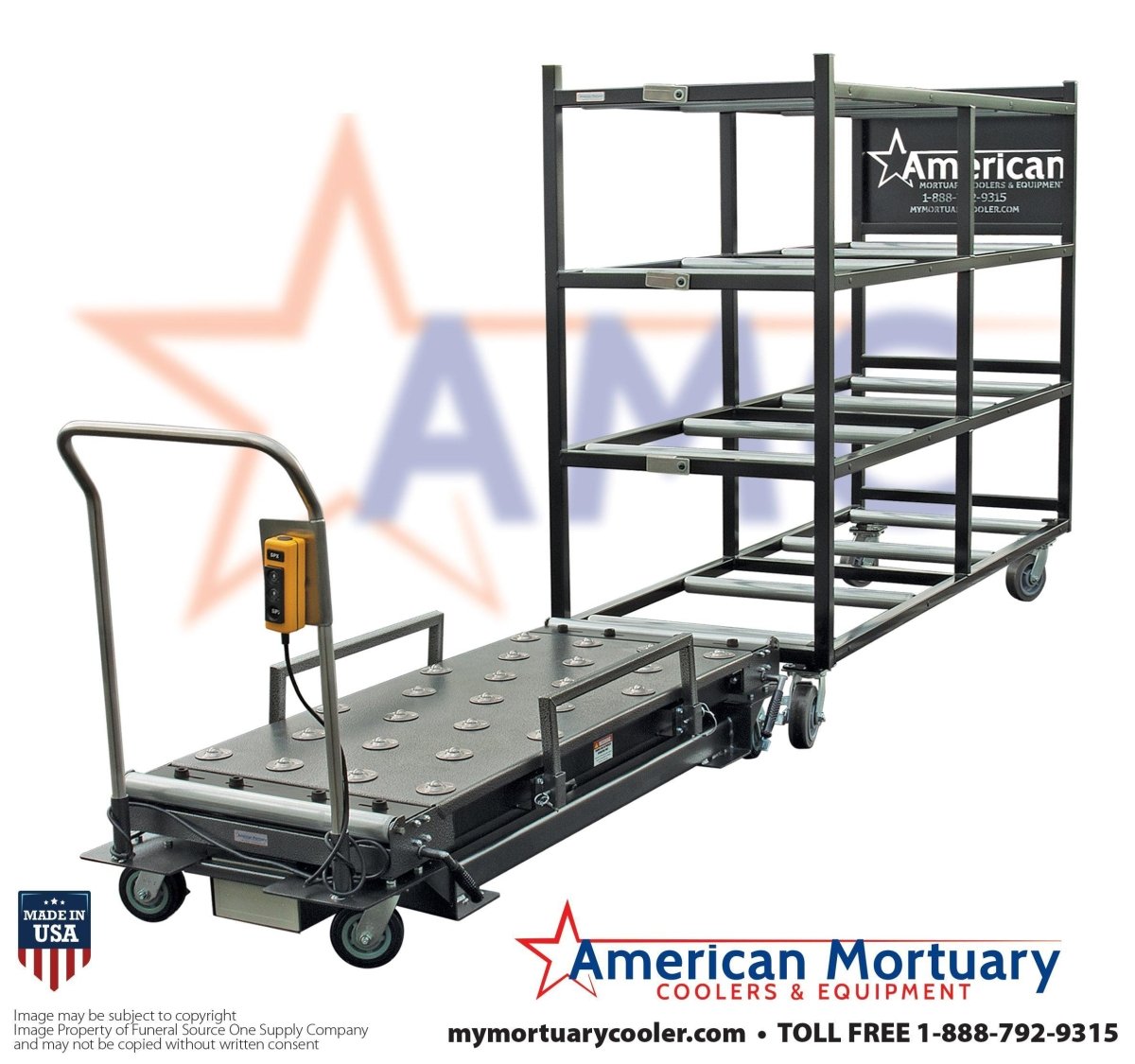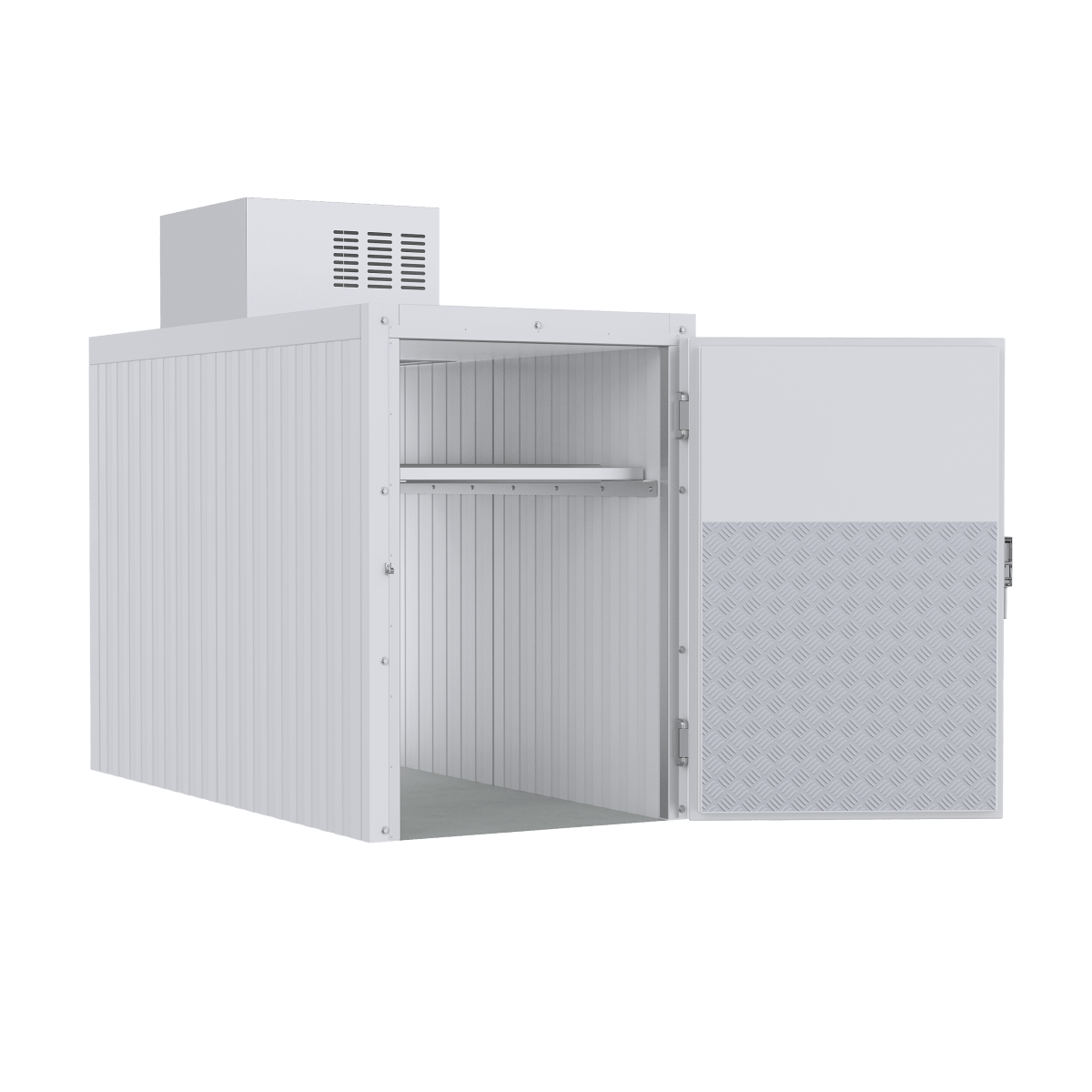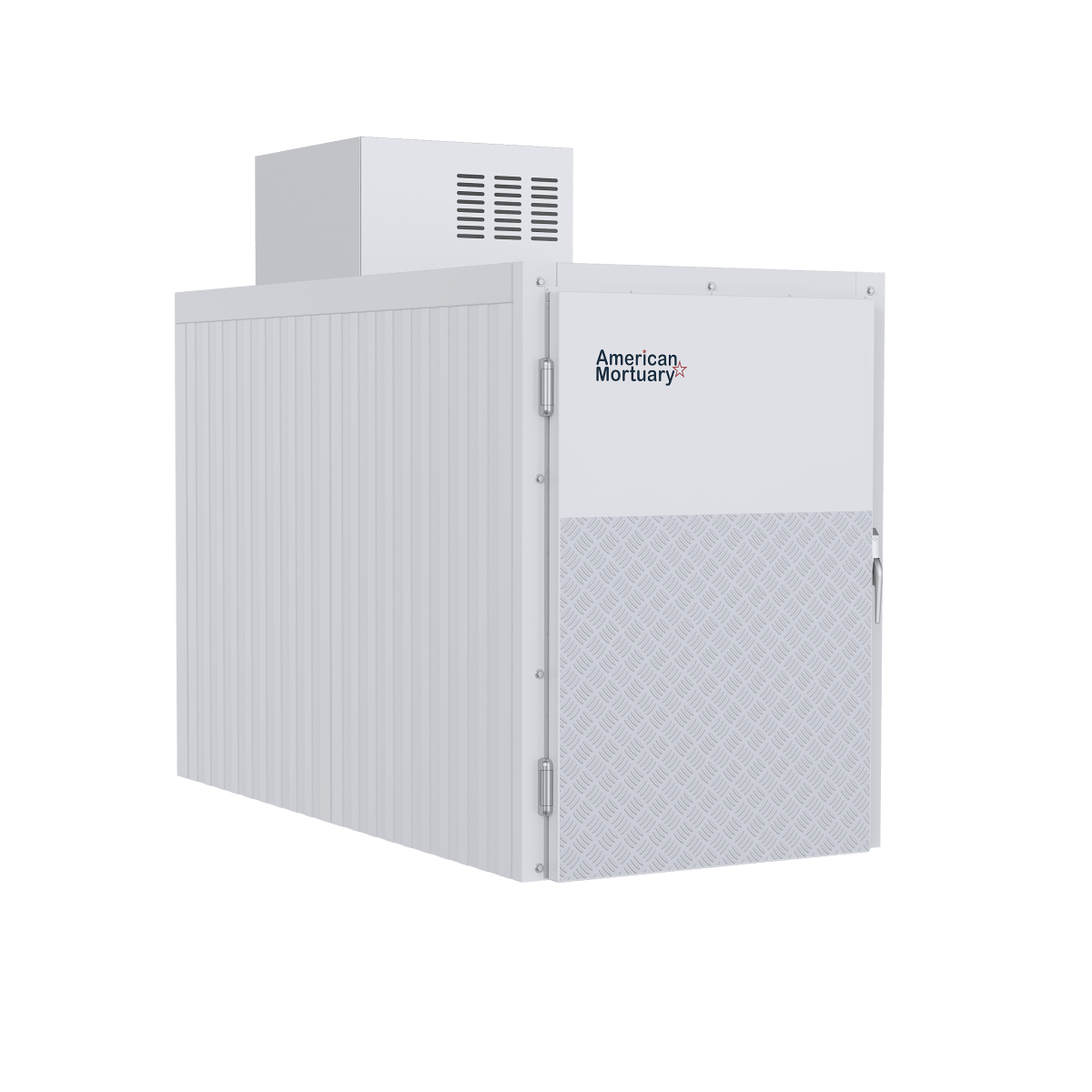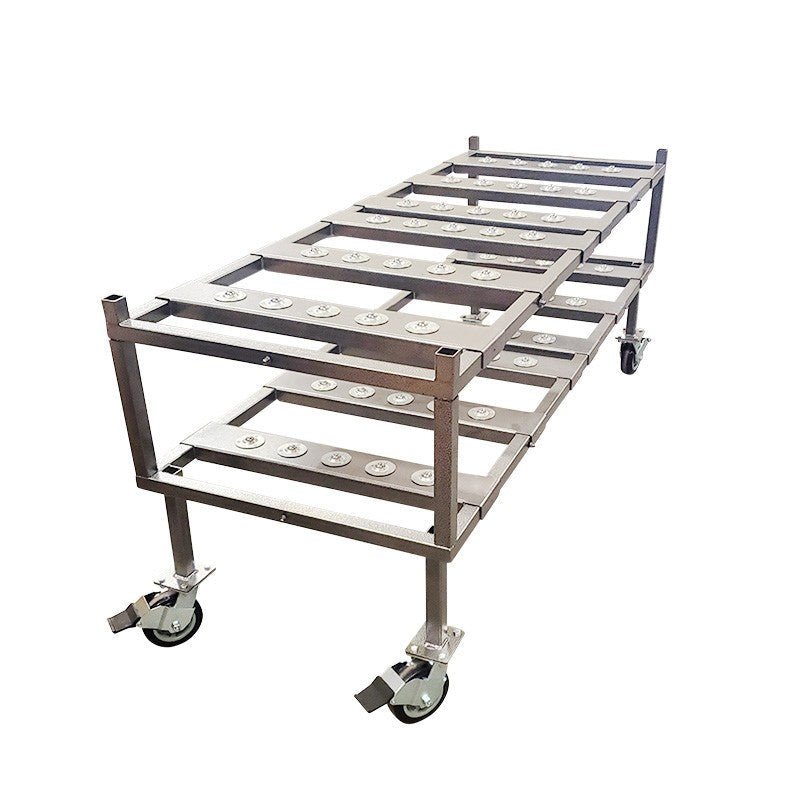Understanding the Essential Differences Between Morgue and Mortuary Facilities
When someone searches for morgue mortuary information, they're often confused by these two similar-sounding terms that serve very different purposes in end-of-life care. Here's what you need to know:
Quick Answer:
- Morgue = Temporary storage facility (usually in hospitals) for bodies awaiting identification, autopsy, or transfer
- Mortuary = Preparation facility (often in funeral homes) where bodies are embalmed, dressed, and prepared for burial or cremation
- Key Difference = Morgues focus on forensic examination and short-term storage; mortuaries focus on funeral preparation and family services
Most people hope they'll never need to understand the difference between a morgue and mortuary. But when death touches your family, knowing these distinctions helps you steer a difficult time with more confidence.
A morgue typically operates within hospitals or coroner's offices, storing bodies in refrigerated drawers at 36°F to 39°F while forensic pathologists perform autopsies or families arrange next steps. Bodies might stay for days or weeks, especially in criminal investigations.
Mortuaries focus on preparing bodies for burial or cremation. Located within funeral homes or as standalone facilities, they offer embalming services, body preparation, and often include viewing rooms where families can say goodbye.
Understanding these differences becomes critical when making decisions about funeral arrangements, costs, and timelines. Some facilities combine both functions - a funeral home might include its own morgue area - which adds to the confusion.
As American Mortuary Coolers with years of experience supplying refrigeration equipment to morgue mortuary facilities nationwide, we've seen how proper cold storage technology serves both environments differently.

Related content about morgue mortuary:
Morgue vs Mortuary: Definitions & Historical Origins
The confusion between morgue mortuary terminology makes perfect sense when you consider how these facilities evolved over centuries. Both handle the deceased, but their stories - and purposes - couldn't be more different.
Think of it this way: a morgue is like a temporary hotel for the deceased. Bodies check in for identification, autopsy, or while families figure out next steps. These facilities live inside hospitals, coroner's offices, or forensic institutes. Their job? Handle the immediate medical and legal stuff that follows death.
A mortuary is more like a preparation studio. This is where bodies get ready for their final goodbye - whether that's burial or cremation. You'll find mortuaries inside funeral homes or as standalone buildings. Their focus stays firmly on families: embalming, dressing, and creating spaces where loved ones can say farewell.
The bottom line: Morgues serve institutions (think medical examiners and coroners), while mortuaries serve families (think funeral directors and grieving relatives).
New York City opened America's first official morgue at Bellevue Hospital in 1866. This set the medical standard we still follow today - bodies stored temporarily while professionals handle the forensic work. Meanwhile, mortuaries developed along a completely different path, growing from the funeral industry's need to prepare bodies for ceremonies and burial.
Etymology of the term "morgue mortuary"
"Morgue" comes from 15th-century Paris, where officials displayed unidentified bodies in a special building for public viewing. The French word "morguer" meant "to look at solemnly" - which perfectly captured what happened there.
"Mortuary" has Latin roots in "mortus," meaning death. But here's the fascinating part: 19th-century Europeans used "waiting mortuaries" as safety nets. They'd watch newly deceased people for signs of life before allowing burial.
These facilities sometimes attached bells to bodies, leading to the popular myth that "saved by the bell" came from people waking up in mortuaries. That's completely false - the phrase actually comes from boxing, where the bell ending a round could save a fighter from getting knocked out.
Global usage of "morgue mortuary" terminology
Americans typically say "morgue" for hospital-based storage and "mortuary" for funeral home preparation areas. Cross the Atlantic to the United Kingdom, and "mortuary" becomes the go-to word. British hospitals have "mortuary departments" rather than "morgues."
Australia takes yet another approach. What Americans call morgues become "Departments of Forensic Medicine" or "Institutes of Forensic Medicine." Much more official-sounding, right?
Cultural sensitivity also shapes language choices. Many facilities prefer gentler terms like "care center," "preparation room," or "holding facility." These softer words help comfort families during incredibly difficult times.
Services, Staff & Equipment: What Really Happens Behind Closed Doors

Walking into a morgue mortuary facility reveals a world of specialized equipment, trained professionals, and carefully orchestrated processes that most people never see.
Morgues focus primarily on forensic examination and temporary storage. The typical morgue features an autopsy suite with stainless-steel tables equipped with drainage systems, scales for organ weighing, and specialized saws for examinations. Bodies are stored in refrigerated drawer systems, typically maintained between 36°F and 39°F for short-term storage, or in negative temperature chambers at −10°C to −50°C for long-term forensic storage.
Mortuaries center around preparation and presentation. These facilities include embalming rooms with specialized pumps for chemical injection, preparation tables, and often viewing rooms designed to provide comfort for grieving families. Modern embalming machines pump preservative chemicals through the vascular system.
Both environments require extensive safety equipment. Staff use chain-mail gloves beneath latex or nitrile gloves for cut protection, sharps containers for needles and scalpels, and specialized disposal systems for biological waste.
Key roles inside a morgue mortuary team
The professionals working in morgue mortuary facilities bring specialized training and credentials to their roles:
Medical Examiners and Forensic Pathologists lead morgue operations, performing autopsies to determine cause of death and maintaining chain of custody for legal cases.
Morgue Technicians handle the day-to-day operations of body storage, transport, and facility maintenance. They ensure proper documentation, maintain refrigeration systems, and assist with examinations.
Certified Embalmers work primarily in mortuaries, requiring specialized certification that typically involves a three-year course. Bodies must be fully embalmed if they'll be unrefrigerated for more than eight hours or stored longer than five days in many jurisdictions.
Funeral Directors coordinate between morgues, mortuaries, and families, handling logistics, paperwork, death certificates, and providing grief counseling.
Comparing morgue and mortuary core services
| Service | Morgue | Mortuary |
|---|---|---|
| Primary Purpose | Forensic examination, identification, temporary storage | Body preparation, embalming, funeral preparation |
| Storage Duration | Days to weeks (sometimes months for investigations) | Hours to days before services |
| Temperature Control | 36-39°F standard, -10 to -58°F for forensic cases | 36-39°F for temporary holding |
| Autopsy Services | Yes, full forensic examination capability | No, bodies transferred to morgue if needed |
| Embalming | Basic preservation only | Full embalming and cosmetic preparation |
| Family Access | Limited, primarily for identification | Full viewing rooms and family services |
Location, Process & Legal Requirements: From Hospital Morgue to Funeral-Home Mortuary

The location of a morgue mortuary facility tells you a lot about its purpose and the experience families can expect. Hospital morgues are typically tucked away in basements, far from patient care areas. These utilitarian spaces prioritize function over comfort, with discrete access for transport vehicles.
Funeral home mortuaries paint a completely different picture. These facilities welcome families with comfortable viewing rooms, consultation areas, and thoughtfully designed spaces that acknowledge grief while providing comfort.
Coroner facilities and standalone morgues fall somewhere between these extremes. They're more accessible than hospital morgues but maintain the clinical atmosphere necessary for forensic work.
Legal requirements create a framework that affects every morgue mortuary operation. Most jurisdictions require burial or cremation within 72 hours of death, though extensions are common when autopsies are needed or families require time to make arrangements. Death certificates must be completed before bodies can be released.
OSHA and CDC guidelines govern workplace safety, requiring specific ventilation systems, waste disposal protocols, and staff training programs. The pandemic introduced the world to temporary morgues - refrigerated trucks parked outside hospitals and converted ice rinks pressed into service. The BBC reported on oversized fridges being installed to handle overflow.
Handling a body step-by-step in a morgue mortuary setting
The journey from death to final rest follows carefully choreographed steps. Receipt and documentation happens first - every body arrives with preliminary identification and immediately receives a case number, timestamp, and handling instructions.
Tagging prevents mix-ups that could devastate families. Modern facilities use barcoded tags and digital tracking systems that follow bodies through every step of their care.
Refrigeration comes next, with bodies placed in temperature-controlled storage that maintains dignity while preserving remains. The standard 2-4°C temperature range slows decomposition without freezing tissue.
When autopsy is required, forensic pathologists follow strict protocols that respect both legal requirements and family wishes. Release to family happens only after all legal requirements are satisfied and proper documentation is complete.
Special cases & regulations
Infectious disease cases demand improved protective equipment and modified handling protocols. Mass-fatality events trigger emergency responses that can transform entire communities, leading to temporary morgues in converted buildings or refrigerated trucks.
International repatriation adds layers of complexity. Bodies crossing borders need specialized embalming, sealed containers, and extensive documentation. Unclaimed bodies present challenging situations where county or state programs eventually step in, usually arranging cremation or burial in designated areas.
Storage & Preservation Technology: Coolers, Refrigeration & Embalming
The technology that keeps morgue mortuary facilities running might not be glamorous, but it's absolutely critical. Without proper refrigeration and preservation systems, these facilities simply couldn't function safely or maintain the dignity that families deserve.
Positive temperature chambers keep things between 36°F and 39°F - cold enough to slow decomposition significantly while still allowing for easy access and handling. Most hospital morgues and funeral homes rely on these systems for everyday operations.
Negative temperature chambers take preservation to another level, running between −10°C and −50°C. These ultra-cold systems can preserve remains for months or even years, making them essential for forensic investigations or when bodies remain unidentified.
At American Mortuary Coolers, we've learned that no two facilities have identical needs. A small-town funeral home might need a compact unit that fits in a basement corner, while a major hospital requires walk-in capacity for dozens of bodies. That's why we manufacture custom solutions right here in Tennessee.
Walk-in coolers offer the most flexibility, with adjustable shelving that can accommodate 2-4 bodies per shelf depending on the configuration. Individual drawer systems provide better organization and privacy, with each body stored in its own compartment.
Modern systems include remote monitoring that alerts staff immediately if temperatures drift outside safe ranges. Nobody wants to find a refrigeration failure after the fact, so these systems send alerts via phone, email, or text message around the clock.
Advances in morgue mortuary cold storage
Energy efficiency has become a major focus. These systems run 24/7, so even small improvements in efficiency add up to significant savings over time. Better insulation, more efficient compressors, and smart controls can cut operating costs substantially.
The reality of oversized capacity has forced the industry to adapt. The BBC reported on London hospitals installing larger morgue refrigerators to accommodate increasing body sizes - a trend we've seen across our service areas as well.
Eco-friendly refrigerants aren't just good for the environment - they're becoming legally required in many areas. Modular design has revolutionized how facilities plan for growth. Instead of installing massive systems upfront, facilities can start with basic capacity and add modules as needs change.
Embalming vs refrigeration
The choice between embalming and refrigeration isn't always straightforward. Legal requirements often drive the decision. Some states require embalming for bodies held longer than specific timeframes, while others mandate it for interstate transport.
Cultural and religious considerations play a huge role. Orthodox Jewish and Muslim traditions typically require rapid burial without embalming, making refrigeration the only preservation option. Other families prefer embalming for extended viewings or delayed services.
Cost factors create interesting trade-offs. Refrigeration involves ongoing energy costs but no chemical expenses. Embalming requires certified professionals and expensive chemicals but eliminates refrigeration costs once completed. For short-term storage, refrigeration usually costs less. For extended periods, embalming often proves more economical.
Choosing Between a Morgue, Mortuary, or Funeral Home: Costs, Culture & Family Considerations

When you're facing the loss of a loved one, choosing the right morgue mortuary services can feel overwhelming. The good news? You don't have to figure it out alone, and understanding your options makes the path clearer.
Most families don't actually choose morgues directly. Morgues serve the medical and legal side - hospitals use them when someone passes away unexpectedly, coroners need them for investigations. Your real decision usually centers around finding the right mortuary or funeral home that matches your family's needs, budget, and values.
Standalone mortuaries focus on the essentials - body preparation, embalming, and storage until you're ready for burial or cremation. They're the no-frills option that gets the job done professionally without extra services. If you're comfortable handling other arrangements yourself or need to keep costs down, these facilities provide quality care at lower prices.
Funeral home mortuaries offer the full experience - grief counseling, ceremony planning, memorial products, and someone to walk you through every step. Yes, they cost more, but they also handle the overwhelming logistics that can feel impossible when you're grieving.
Some places blur these lines beautifully. A funeral home might include its own morgue area, giving you comprehensive services under one roof. This can mean better coordination, potentially lower costs, and fewer places you need to visit.
Cost breakdown and insurance
Let's talk numbers, because morgue mortuary costs can vary dramatically depending on what you choose and where you live.
Basic storage fees at morgues typically run $50 to $200 per day. Embalming services represent a bigger expense, usually ranging from $500 to $1,500. Additional preparation services like special cosmetic work typically add another $200 to $500. Facility usage for viewing rooms can range from $300 to $1,000. Transportation costs between facilities usually run $200 to $500.
Insurance coverage varies widely and often surprises families. Some life insurance policies include funeral expense benefits. Veterans' benefits can cover significant costs if your loved one served in the military. Medicaid may cover basic burial or cremation costs in some states. Social Security provides a one-time death benefit of $255 to eligible survivors.
Cultural and religious sensitivities
Morgue mortuary practices need to respect the rich diversity of beliefs and traditions that families bring to end-of-life care.
Islamic traditions require rapid burial, typically within 24 hours, and generally prohibit embalming except when legally required. Jewish customs, particularly in Orthodox communities, also prohibit embalming and require burial as soon as possible. Hindu practices traditionally favor cremation with specific rituals around body preparation and timing.
Christian variations span a wide range - Catholic, Protestant, and Orthodox traditions each have different approaches to embalming, viewing, and timing. Buddhist beliefs generally accept both embalming and cremation, though specific sects may have particular requirements. Native American traditions vary dramatically among tribes, with some requiring specific handling protocols.
The most important thing? Communication. Talk openly with funeral directors about your cultural or religious requirements from the very beginning. Good facilities will work with religious leaders, adjust preparation methods, or modify their usual procedures to respect your traditions.
At American Mortuary Coolers, we've seen how proper refrigeration technology supports these diverse needs. Whether families need extended storage time to gather relatives or rapid preparation for immediate burial, having reliable temperature control gives families the flexibility to honor their traditions properly.
Frequently Asked Questions about Morgue Mortuary Differences
When families are dealing with loss, questions about morgue mortuary operations often arise at the most difficult times. These are the questions we hear most often from funeral directors and families we work with.
How long can a body stay in a morgue mortuary cooler?
The storage time depends heavily on temperature and legal requirements in your area. In standard morgue mortuary refrigeration at 36-39°F, bodies can be safely stored for 2-4 weeks while decomposition slows significantly.
For longer storage needs, forensic facilities use much colder systems. Our negative temperature units running at −10°C to −50°F can preserve remains for months or even years. These are primarily used when criminal investigations are ongoing or when remains can't be identified.
But here's what really matters for most families: legal timelines often trump storage capabilities. Many states require burial or cremation within 72 hours of death, though extensions are common when investigations are needed or families need extra time to arrange services.
Can a mortuary include its own morgue?
Absolutely, and this arrangement is more common than many people realize. Many funeral homes include morgue mortuary capabilities under one roof, which often creates the terminology confusion we discussed earlier.
This setup offers real advantages for families. Everything happens in one location - from initial storage through final preparation and services. You won't need to coordinate between multiple facilities, and transportation costs stay lower since the body doesn't move between locations.
However, not every mortuary has morgue capabilities. Smaller funeral homes often rely on hospital morgues or separate storage facilities, only transferring bodies when preparation services are actually needed.
When choosing services, ask specifically about on-site storage capabilities. If you prefer handling everything at one location for convenience, make sure your chosen facility can accommodate that.
Who pays when a body is unclaimed?
This situation creates both financial and emotional challenges that morgue mortuary facilities face regularly. When families can't be located, refuse to claim remains, or simply can't afford services, the responsibility typically shifts to local government.
Most counties have established programs funded through taxpayer dollars or special burial funds. These programs usually provide basic cremation or burial in designated county areas, sometimes called potter's fields.
The waiting period varies dramatically by location. Some areas require extensive family searches - including social media outreach, genealogy research, and legal notices in newspapers. Others have shorter timelines before proceeding with county-funded services.
Veterans receive special consideration even when unclaimed. The Department of Veterans Affairs provides burial benefits for eligible veterans, including burial in national cemeteries and basic funeral services.

Conclusion
When someone you love passes away, the last thing you want to worry about is understanding the difference between morgues and mortuaries. But having this knowledge ahead of time can make an incredibly difficult situation just a little bit easier to steer.
The journey we've taken together through this guide shows that morgue mortuary facilities serve very different purposes, even though they both care for our deceased loved ones. Morgues handle the immediate medical and legal needs - storing bodies safely while forensic work is completed or families make arrangements. Mortuaries focus on preparing your loved one for their final goodbye, offering the dignity and care that helps families begin healing.
Remember the key differences: Morgues are about temporary storage and investigation, while mortuaries are about preparation and family support. One focuses on answering medical questions, the other on honoring a life lived.
Many facilities blur these lines in helpful ways. Your local funeral home might have its own refrigerated storage, combining both services under one roof. This can save you time, money, and the emotional burden of coordinating between multiple locations during grief.
Technology keeps improving how morgue mortuary facilities serve families. Better refrigeration systems mean more reliable preservation, lower costs, and improved dignity for your loved one. Remote monitoring ensures equipment works properly even when no one's watching.
At American Mortuary Coolers, we've had the privilege of supporting funeral homes and medical facilities across Tennessee, Georgia, Illinois, South Carolina, Texas, California, New York, Pennsylvania, and beyond. Every custom refrigeration system we build helps another facility serve families with dignity and respect.
Planning ahead makes everything easier. Whether you're pre-planning your own arrangements or helping aging parents think through their wishes, having these conversations now saves your family from making difficult decisions while grieving. Talk to local funeral directors about their facilities and services.
Don't be afraid to ask questions. Good funeral professionals understand that families need clear information to make informed choices. They'll explain their processes, show you their facilities, and help you understand what to expect.
If you're in the funeral industry yourself, reliable equipment makes all the difference in serving families well. Professional-grade refrigeration isn't just about meeting health department requirements - it's about maintaining dignity and giving families confidence that their loved one is being cared for properly.
The path through loss is never easy, but understanding your options and working with compassionate professionals can provide comfort when you need it most. Whether you're dealing with an unexpected death or planning ahead, knowledge empowers you to make choices that honor your loved one and support your family's healing.
For more detailed information about cold-storage solutions and morgue mortuary equipment options, visit our comprehensive resource center where we share practical insights from decades of serving families and funeral professionals.
Remember - you don't have to steer this alone. Reach out to qualified professionals who can guide you through your specific situation with the care and respect your family deserves.


